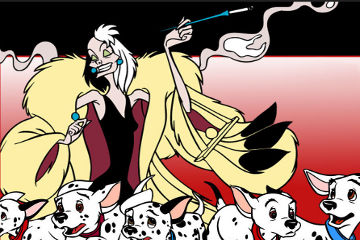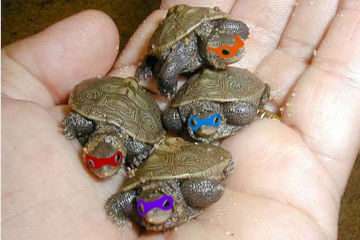What I’ve Learned:
“Joule: like a newton, with more juice.”
My introduction to the joule was unkind. I was sleeping peacefully through an applied physics class when the professor slammed my textbook shut and growled:
“Well, you must know all of this already. So please, oh bored one, define joule for the class.”
I was still waking up, but I thought I heard what he said. Seemed an odd request, but I gave it a shot:
“How can you define her, really? Is she a songwriter? A singer? A poet? She covers all the bases, really.”
Prof: “Not Jewel, you ninny. Joule, the unit of energy.”
Me: “Yes, exactly. She’s a big unit of energy. A real force of nature.”
Prof: “Oh, go back to sleep. I’m tenured; I don’t need this shit.”
In my defense, this was physics class. No one told me there’d be homophones.
Later — after failing the test it was on, obviously — I learned something about the joule. And I discovered I wasn’t that far off, after all. As a unit of energy or work, a joule really does cover all the bases. It’s something different to everyone, defying definition. Or at least, requiring lots of different ones. Like these, for instance:
- a joule is a force of one newton applied over one meter
- a joule is also one coulomb of electrical charge moved through a potential difference of one volt
- too, a joule is one watt of power produced for one second
- or if you prefer, the kinetic energy of a two-kilogram mass moving at one meter per second.
The joule is other things, too. Anything that takes work or energy can be expressed in joules — it’s just as versatile as Jewel herself. Singer-songwriter. Poet-feminist. Yodeler-snaggly-teeth-owner. It’s all there.
Of course, you should also know the scientific unit conversions — very handy when talking to someone in a different field. For instance:
0.738 Jewels = 1 Alanis Morissette
1.402 Jewels = 1 Sheryl Crow
1 Jewel + 1 Tom Waits / 1 Joni Mitchell = 1 Melissa Etheridge
1 Jewel + an excess of poor decisions + a truckload of meth = 1 Courtney Love
Okay, maybe these aren’t “scientific” conversions, exactly. But it’s a roller coaster of a Spotify playlist, anyway.
Back in actual science — and around the household — the joules get passed around a lot, too. A dietary calorie is equivalent to 4.2 thousand joules. One kilowatt hour of energy is 3.6 million joules. One of your air conditioner’s BTUs is just over a thousand joules. And a ton of TNT will release a hair over four billion joules, if not treated with care.
(Unlike Jewel, who would just release a song or two complaining about being wronged. This is why you never see TNT in the recording studio.)
Because the joule is a part of the International System of Units, it’s the go-to nomenclature in scientific circles for quantifying work or energy. It’s named after James Prescott Joule, a 19th century British physicist, brewer and early researcher of thermodynamics. So he was pretty versatile himself.
On the other hand, nobody’s nominating James Prescott for a Grammy Award, so I stand by my mix-up in class. But the link to pop culture led me to learn more about joules, at least, so that’s something. If they ever name a unit of measurement after prominent Siberian researcher Nikolas Minaj, or early Swedish physicist Sven Bjornson von Foofighters, then maybe we’ll all learn something.







